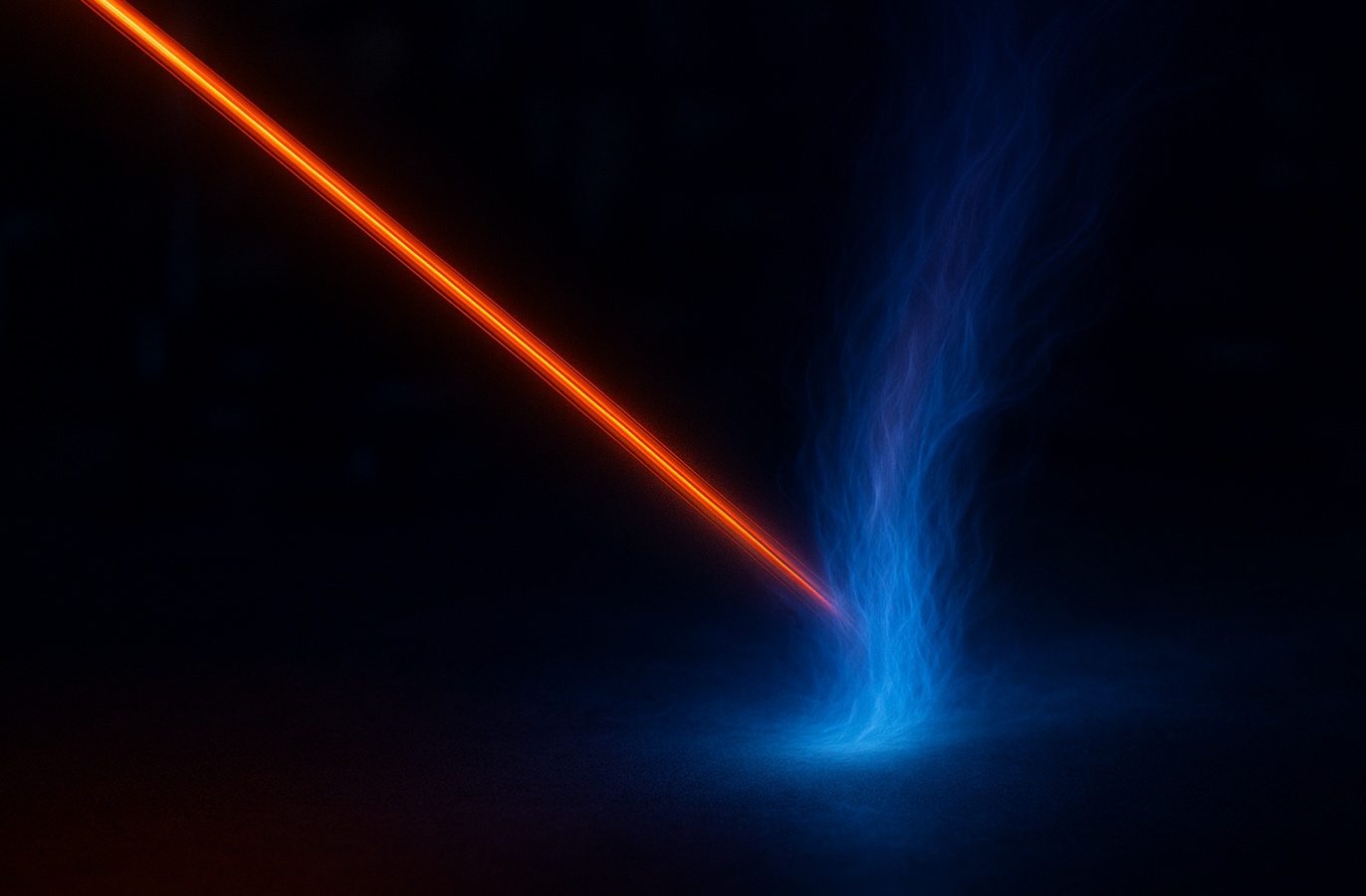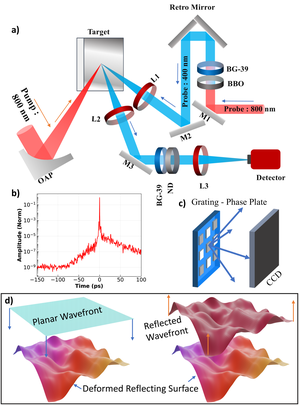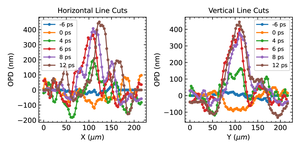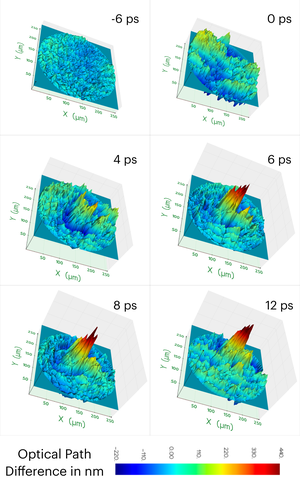Phasics
- Wavefront, MTF and QPI measurement solutions
- Products
- Applications
- Markets
- Company
- Contact us

Aug. 14, 2025
When an ultra-intense, ultra-short laser pulse interacts with a solid target, the surface is rapidly ionized into a dense plasma. At the boundary where the plasma reaches a critical electron density, the medium becomes highly reflective creating what is known as a plasma mirror.
Plasma mirrors play a central role in laser-matter interactions. They are used to enhance the contrast of laser pulses and are essential in generating high-order harmonics, accelerating particles, and enabling attosecond science. However, real-time measurement of the mirror’s nanometric surface evolution has long remained experimentally difficult. Conventional techniques like interferometry, VISAR, and shadowgraphy often involve trade-offs in spatial resolution, quantitative accuracy, or experimental complexity.
A New Diagnostic Approach
The Tata Institute of Fundamental Research (TIFR) recently demonstrated a novel pump–probe experimental scheme to study the nanosecond-scale evolution of plasma mirrors. For the research team, a Phasics SID4 wavefront sensor, based on Quadriwave Lateral Shearing Interferometry (QWLSI),was used to capture the two-dimensional dynamics of the plasma mirror surface in real time. The results were quantitatively consistent with theoretical models and PIC simulations.

Figure 1: a) Experimental setup showing spatial and temporal alignment of the pump and probe beams on the target. b) Temporal contrast measurement of the laser. c) Diagram of the QWLSI wavefront sensor. d) The reflected wavefront contains information about the evolving plasma surface.
In this experimental scheme, the team employed an 800 nm, 30 fs Ti:Sapphire laser pulse as a pump, focused obliquely at 45° onto a BK7 substrate to generate plasma. A 400 nm frequency-doubled probe beam was incident nearly perpendicularly and reflected off the plasma surface at various time delays, carrying embedded information about the instantaneous critical surface profile. The reflected beam was imaged through a 10× optical system and analyzed using the SID4 wavefront sensor, which offers micron-level lateral and nanometric axial resolution.

Figure 2: Line-cut profiles show that at 0 ps, the plasma surface is pushed inward, while later delays reveal a rippled expansion with a bulging center and side depressions.
Initially, with the probe arriving before the pump, the wavefront showed no distortion, no plasma formation. At zero delay (T₀), a clear negative phase shift appeared in the wavefront center, corresponding to a depression in the plasma surface due to intense light pressure. In the following picoseconds (1–5 ps), the plasma expanded outward, creating a rippled profile with a bulging center and recessed sides. This dynamic surface evolution gradually slowed after 5 ps, transitioning into a more stable expansion phase.

Figure 3 : Measured wavefront at different time delay between pump and probe. Initially near T0 (i.e. pump-probe delay 0 ps), the plasma is pushed inside and at later times, the plasma expands towards the vacuum due to the thermal expansion.
By analyzing wavefront cross-sections, the researchers extracted precise spatial features of the plasma surface. They further proposed a model linking optical phase shifts to the position of the critical surface, assuming an exponential decay in electron density. This enabled direct translation from measured wavefront phase to real-space deformation, validated by agreement with 1D and 2D PIC simulations conducted using the SMILEI platform. Both experiment and simulation consistently captured a sudden increase in surface expansion speed around 5 ps, reinforcing the validity of the wavefront sensing approach.
Phasics SID4: A Reliable Diagnostic for High-Field Physics
The SID4 wavefront sensor demonstrated excellent performance under harsh optical conditions. It can acquire full-field 2D wavefronts in a single shot with high repeatability and sensitivity. Unlike traditional interferometry, QWLSI-based sensing is inherently robust against vibration, vacuum, and high-power laser exposure. It also offers achromatic behavior, making it suitable for measurements even at 400 nm.
This experiment highlights the unique value of wavefront sensing as a real-time, high-resolution diagnostic tool for extreme laser-plasma interactions. The ability to visualize and quantify the ultrafast evolution of plasma mirrors opens new directions for online alignment, pulse shaping, and contrast control in high-intensity laser systems.
We sincerely thank the research team at the Tata Institute of Fundamental Research (TIFR) for their pioneering work and for showcasing the capabilities of Phasics' SID4 wavefront sensor in such a challenging ultrafast plasma mirror experiment.
📄 To explore the full details of this study, click here to read the original publication.
📡 For more about wavefront-based diagnostics in high-field applications, visit our product SID4 or follow us on LinkedIn Phasics.
Selected References
A. Dulat et al., “Capturing the three dimensional, nano‑scale, pico‑second dynamics of plasma mirrors with intense ultrashort laser wavefront measurement”, Optica 11, 1077 (2024).
C. Thaury et al., “Plasma mirrors for ultrahigh-intensity optics”, Nature Physics 3, 424 (2007).
P. Bon et al., “Quadriwave lateral shearing interferometry for quantitative phase imaging”, Optics Express 17, 13080 (2009).
J. Derouillat et al., “SMILEI: Collaborative PIC code for high-energy plasma simulations”, Computer Physics Communications 222, 351 (2018).
Full reference list available in the original publication.
